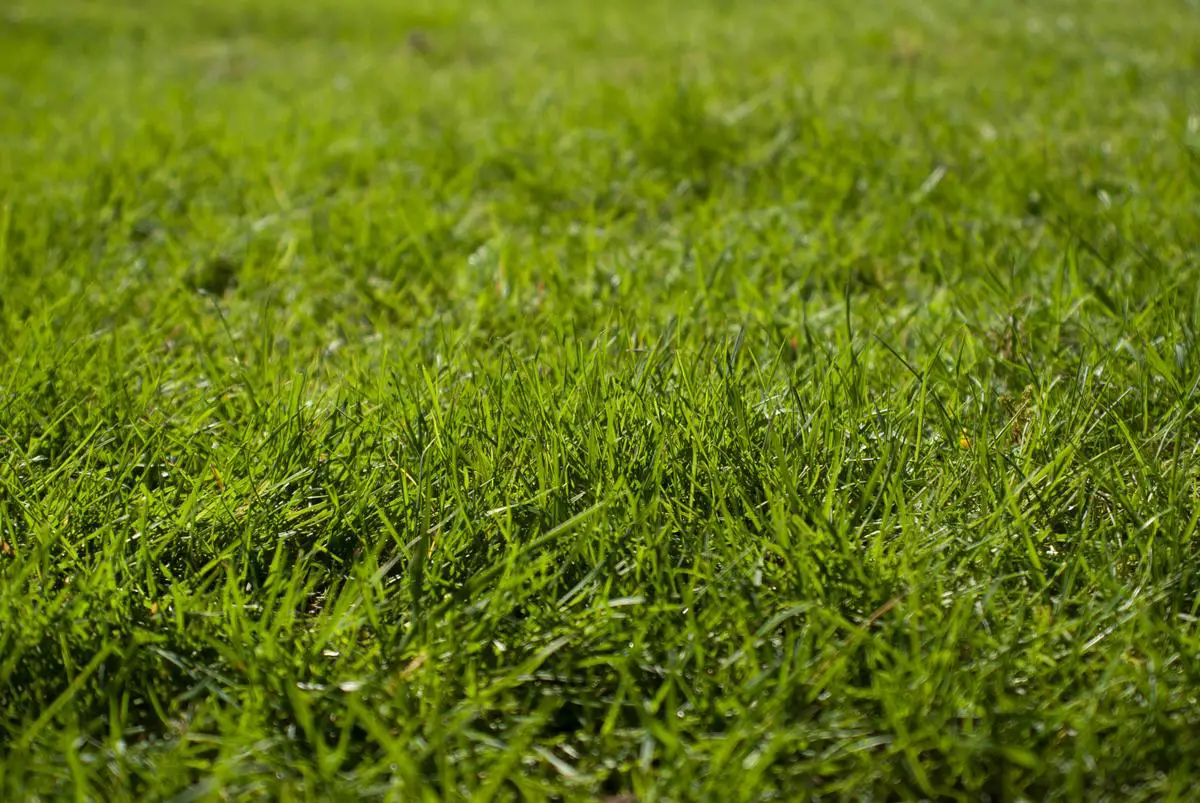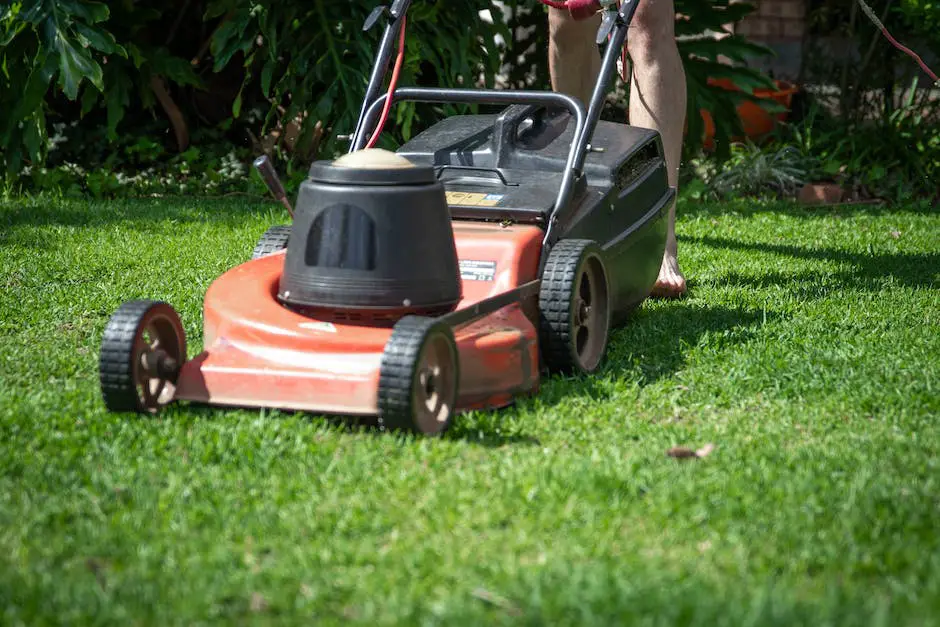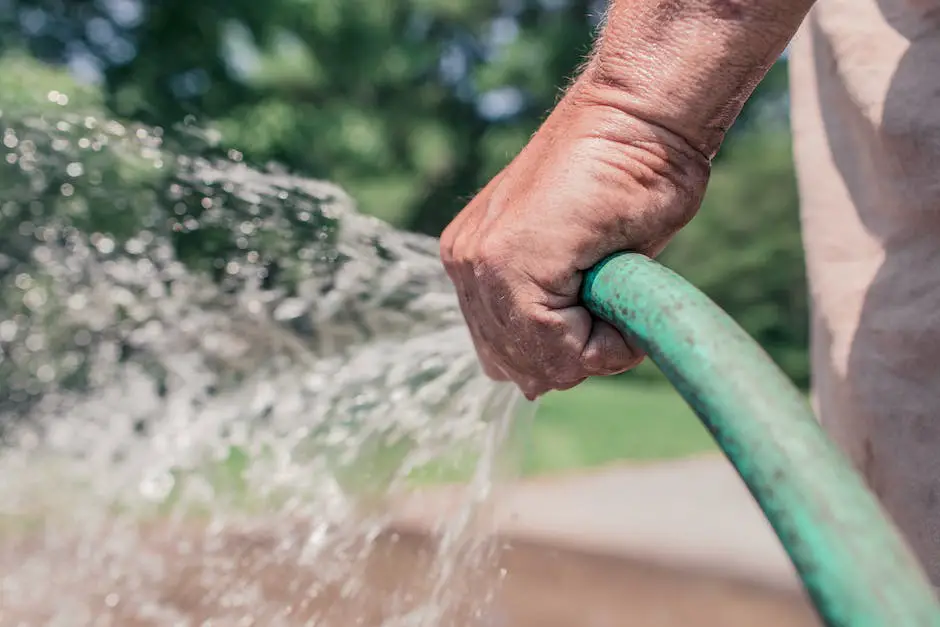Welcome to the world of lawn care, where a lush, vibrant turf is not just a symbol of pride, but a delightful contribution to the environment. Venturing into the realm of soil science and plant nutrition unveils the intricate balance of elements needed to cultivate a robust lawn care routine.
In this essential guide, we’ll delve into the complexities of the earth beneath your feet, identifying the types of soil that provide the foundation for verdant growth. Mastering the nuance of soil pH and fertility through simple testing methods allows for a tailored approach to your lawn’s nutritional needs – addressing the pivotal roles of nitrogen, phosphorus, and potassium.
We’ll translate these scientific insights into practical knowledge, setting the stage for a flourishing expanse of greenery that not only pleases the eye but also revitalizes your outdoor space.
Understanding Soil and Lawn Nutrition
Unveiling the Secret Diet of Your Lawn: The Nutrients It Really Craves!
A lush, vibrant lawn is the emerald pride of any gardener! As a hobbyist who’s slowly cultivated both grass and wisdom, it’s no secret that the key to that envy-inducing green lies beneath – in the soil.
Understanding the nutritional needs of lawn soil is not just for the pros; armed with the right knowledge, any grass enthusiast can transform their lawn into a verdant paradise. So let’s dive into what nutrients are truly essential for optimal growth!
Nitrogen (N) – The Green Machine
Let’s start with Nitrogen, the most critical nutrient for your lawn’s growth. Nitrogen is to grass what coffee is to mornings – it wakes everything up! This mighty nutrient boosts leaf development and gives your lawn that signature green hue by aiding in chlorophyll production. Don’t skimp on it, or you’ll watch your green glory fade to a dreary yellow.
Phosphorus (P) – The Root Booster
Next up, we have Phosphorus, the behind-the-scenes star for hearty roots. It’s the nutrient that encourages robust root growth, supports seedling development, and helps plants transfer energy. Think of Phosphorus as the root’s personal trainer, pushing it to grow stronger and deeper.
Potassium (K) – The Protector
Potassium, often overlooked, is the shield of your lawn. It’s responsible for regulating water intake, shielding grass against diseases and drought, and aiding in the production of food within the plant. Ensuring your lawn gets its fill of potassium is like sending it into battle with a full suit of armor.
Micronutrients – Sprinkle of Magic
Aside from the big three, let’s not forget about the micronutrients – Iron (Fe), Magnesium (Mg), Sulfur (S), Manganese (Mn), Zinc (Zn), and Copper (Cu). Each of these plays a specialized role, from increasing chlorophyll production to enhancing enzyme function. They’re needed in smaller amounts, but just like a pinch of salt in a recipe, they make all the difference.
pH Levels – Getting the Balance Right
None of these nutrients will do their best work if the soil’s pH isn’t balanced. Most lawns thrive in a slightly acidic setting (pH 6 to 7), where nutrients are readily available to the grassroots. If your soil is too acidic or too alkaline, it’s time to amend it – lime for acidity, sulfur for alkalinity.
Feeding Time – Know When and How Much
Don’t just throw fertilizer at your lawn willy-nilly. Overfeeding can burn your grass, and underfeeding will leave it wanting. Test your soil to know exactly which nutrients are lacking, and how much you need, and follow a fertilization schedule suited to your grass type and climate.
By recognizing and addressing the specific dietary needs of lawn soil, a lush, green, and healthy lawn is within reach. Remember, knowing your soil is the foundation of lawn care – treat it well, and it’ll reciprocate with the greenest of thumbs-up!

Mowing Techniques and Lawn Care
Maintaining a lush, verdant lawn is akin to a green-thumbed orchestra where every element plays its part in harmony. While fertilization and soil health set the stage with the symphony of nutrients and balanced pH, the crescendo comes with the swish of a well-honed mower blade gliding across your personal greensward.
The question of mowing frequency isn’t one-size-fits-all; it ebbs and flows with the season’s rhythm and the type of grass serenading your garden.
Understanding Grass Growth Cycles
First things first, the knowledge that grass grows in cycles, peaking during spring and fall, is critical. In these moderate seasons, prepare to mow more often, supporting healthy growth during these peak times. On the flip side, summer’s scorching embrace slows the growth, suggesting a less frequent need to cut.
1/3 Rule – A Cut Above the Rest
Rule of thumb – or, perhaps, rule of blade: never cut more than one-third of the grass blade length in a single mow. Keeping this rule in check ensures that grass retains the resilience to thrive and shields it from the shock that can come from over-cutting.
Mower Madness – Keep Blades Sharp
Keep mower blades sharp – dull blades bruise and fray grass tips, turning them an unsightly brown. Razor-sharp blades make a clean cut, keeping lawns healthier and greener.
Frequency and Height – The Dynamic Duo
Cool-season grasses, think bluegrass or ryegrass, enjoy a taller cut, around 2.5 to 4 inches. During the rapid growth of spring and fall, aim to mow about once a week. As the growth plateaus in the heat of summer or chill of winter, biweekly cuts should suffice.
Warm-season grasses, like Bermuda or St. Augustine, are sun-worshippers and prefer a tighter trim—typically 1 to 3 inches. In the heat of their growth spurt, you may find yourself behind the mower every 5 to 7 days. With fall’s cooler breath, stretching the interval to around 10 to 14 days is usually adequate.
Adapt to the Weather – It’s Not Just Small Talk
Grass growth is weather-dependent. Extended rainy spells or droughts impact how fast your lawn grows. Be prepared to modify your mowing schedule in response to Mother Nature’s whims. Overly wet conditions facilitate a rapid growth spurt, while drought will halt growth in its tracks. Your grass, not the calendar, should dictate the mowing schedule.
Clippings – Grass Recycling
Don’t bag those clippings unless the lawn is diseased. Clippings decompose quickly and return vital nutrients to the soil, acting as a natural mulch and fertilizer.
Less is More as Seasons Change
As the days shorten and your lawn prepares for a winter nap, gradually lower the cutting height. This final haircut before the dormant season should be slightly lower than usual, but remember the 1/3 rule to prevent damaging your lawn.
In a Nutshell – Keep It Regular, Keep It Right
Regular mowing that respects the growth pattern of your grass type is essential for a healthy lawn care routine. Adapting to seasons, weather, and grass responses while sticking to the 1/3 rule will ensure that the grass is not just greener on your side of the fence but is the epitome of lawn health and aesthetics.

Watering and Irrigation Strategies
Wise Watering Wisdom: Techniques for Thirsty Turf
Let’s dive right into the nuts and bolts of lawn hydration without beating around the bush—after all, it’s the grass we’re interested in, not the shrubs. When it comes to cultivating a vibrant lawn, efficient watering is as pivotal as a groundskeeper at a baseball field.
Timing
To begin, let’s talk about timing. The optimal time to water your lawn is in the early morning. This allows the water to seep deeply into the soil, reaching the roots, without the excess evaporation that comes with the heat of midday or the potential for fungal growth that comes with evening watering.
Aeration
The second technique is soil aeration. It might not seem directly related to watering, but stay with us on this one. Aeration helps relieve soil compaction, allowing water and oxygen to better penetrate the ground. An aerated lawn will use water more efficiently, as water can easily reach thirsty roots without wasteful runoff.
So, how much water does our green carpet actually need? An inch of water a week is a good starting point. But remember, the soil’s moisture should dictate watering frequency, not the calendar. Use a screwdriver to test; if it plunges into the soil easily, your lawn is sufficiently hydrated.
Irrigation
Next up is irrigation equipment. Consider investing in a smart irrigation controller that adapts to weather conditions and can save gallons of water from being wasted. If you’ve got sprinklers, make sure they are correctly calibrated to target the grass, not your driveway or sidewalk.
For those interested in upgrading their watering game, drip irrigation systems can be a godsend, especially in drier climates. These systems deliver water directly to the base of the plant, minimizing evaporation and maximizing every drop.
Watch the Weather
Finally, don’t forget to watch the weather. If it has rained recently, adjust your watering schedule accordingly. Overwatering can be just as harmful as under-watering, leading to shallow roots and a frail lawn.
That’s the scoop on efficient watering techniques. By following these guidelines, your grass will not only survive but thrive, showing off its luscious greenery. Now, go ahead and make those neighbors green with envy.

Mastering Lawn Care
Mastering lawn care is a journey – a blend of science, dedication, and observation. From the precision of mowing techniques to the art of adequate watering, every step taken enhances the tapestry of your garden.
Armed with the right knowledge and tools, your once humble patch of green can transform into a thriving oasis that invites you to step outside and enjoy the fruits of your labor.
As seasons change and your lawn care evolves, remember that each blade of grass reflects the care and attention it has received. May the lushness of your lawn be a testament to the care you’ve invested and a sanctuary for all who seek the simple pleasure of nature’s touch.

